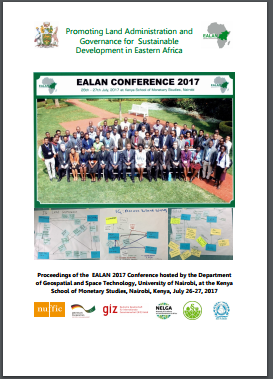Law No. XIII-617 amending Law No. I-301 on protected areas.
Article 31 shall be amended to add the following wording: “In strict state reserves, it shall be prohibited to alter the conservational principal designation of land use. In reserves, state parks, strict biosphere reserves and biosphere grounds, it shall be prohibited to alter the conservational and forest farming principal designation of land use, as well as to convert forest land to land used for other designations, except for transfer of land for the protection of state border and for national defense purpose”.
Amends: Law No. I-301 on protected areas. (2015-09-01)




